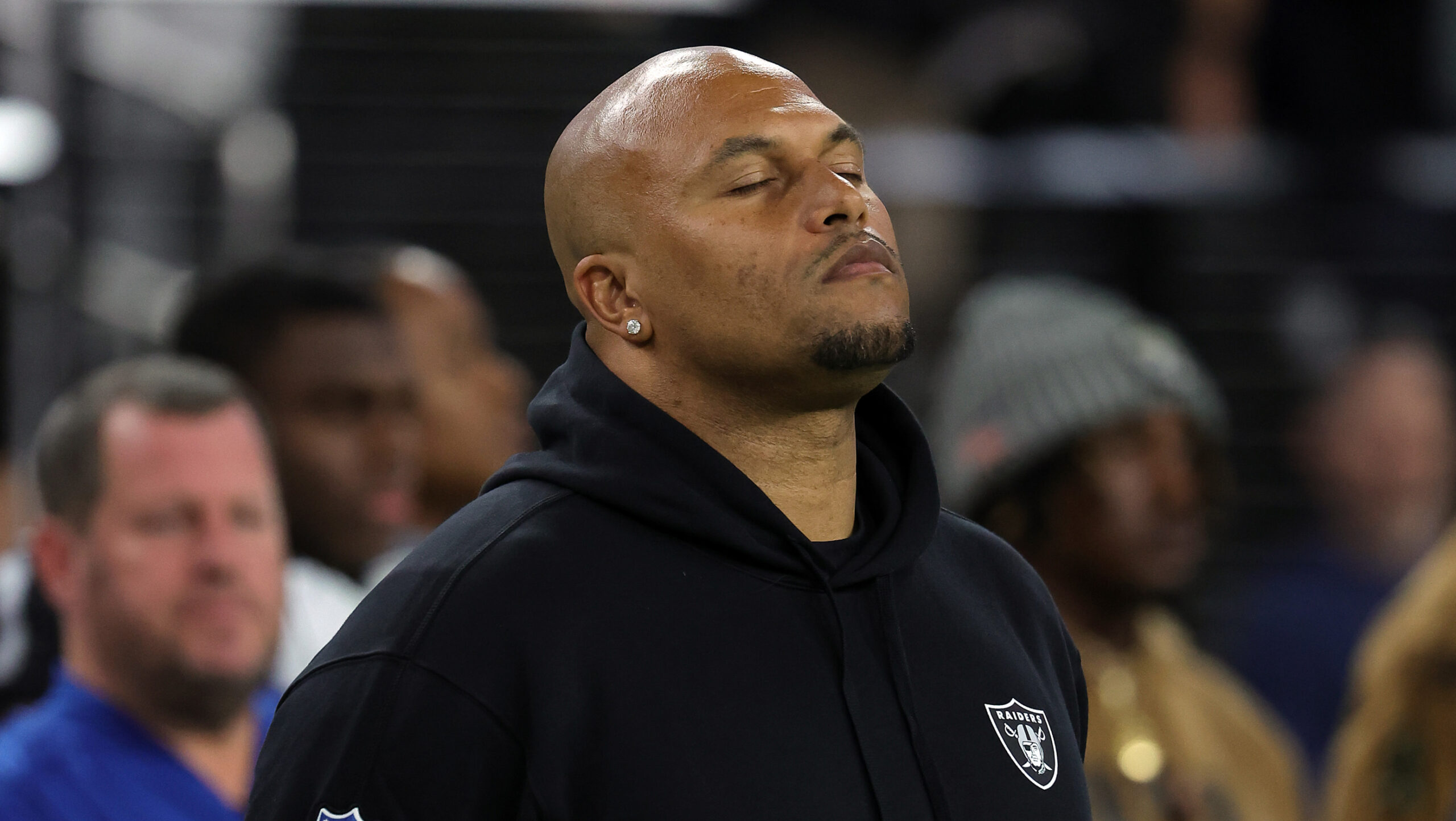Ian Eagle pulled back the curtain on one of the NFL media’s most misunderstood elements during an appearance on You Better You Bet on Audacy’s BetMGM Network, offering a nuanced perspective on production meetings while addressing the elephant in the room that is Tom Brady’s dual role as Fox analyst and Raiders minority owner.
“The whole production meeting part of it is very much individualized to the group that you work with,” Eagle told host Nick Kostos. “My point being no two are alike. It’s not as if it’s the same dynamic no matter who’s calling the game. It’s based on relationships. It’s based on how much time you’re around them, familiarity, have you had that team over and over again? Are you seeing the same coach five or six times a year? Are you seeing them over the course of 15 years in their coaching career?”
“I’m not sure this year is a whole lot different than last year.”
Ian Eagle tells @TheKostos & @FemiAbebefe that seeing Tom Brady in the booth might be bad optics, but he’s not getting any extra information in production meetings. pic.twitter.com/xqlmm5tHxv
— You Better You Bet (@YouBetterYouBet) September 19, 2025
Eagle’s comments came just days after Brady was spotted wearing a headset in the Raiders’ coaching booth during Monday Night Football. That visual — the $375 million Fox analyst actively involved in team operations — made Brady’s 5 percent ownership stake impossible to ignore. The NFL confirmed there’s no policy preventing an owner from doing so, but that hardly mattered. There was no outrunning the optics.
The biggest misconception, according to Eagle, is that broadcast crews walk into facilities and automatically get fed inside information. That’s not how it works at all.
“So, the idea that any broadcast crew just walks into a facility and they’re getting inside information is just not true; it just doesn’t work that way,” Eagle explained. “But, if you put in the time, and there’s a trust factor, yeah, there’s a scenario where you might get a little something that’s helpful to you for your Sunday broadcast. And maybe it’s not something that’s been in the newspaper or the press conferences the whole week.”
Brady’s now in his second season calling games for Fox, and the rules have loosened up a bit. Last year, he couldn’t attend any production meetings because of his pending Raiders ownership. This year, the NFL’s letting him join virtually. They even let him attend the Super Bowl meetings in person as a test run.
But what Eagle’s really getting at here is that these relationships between broadcasters and teams take years to build. When guys like Brady and Peyton Manning were playing, broadcasters saw them constantly, built trust over time. Now Brady sits on the other side of that equation, trying to build those same relationships while teams know he has skin in the game with the Raiders.
“No matter who, if you asked me, an analyst at CBS, Fox, ESPN, or at Amazon Prime Video, I couldn’t tell you what the nature of their relationships are with the players and coaches, because that is a real personal thing,” Eagle noted.
The production meeting debate has become a lightning rod for broader concerns about Brady’s dual role. J.J. Watt recently revealed how teams were more guarded around him because his brother T.J. still plays for the Pittsburgh Steelers, and that was without Watt having any ownership stake. But teams aren’t trading trade secrets in these production meetings, as Ben Johnson noted. The first-year Chicago Bears head coach downplayed Brady’s access, suggesting the future Hall of Famer could figure out everything he needs from film study alone.
“Tom Brady, Ben Johnson’s right,” Eagle continued. “He can look at the film, and he can figure out what the team is doing. He’s not going to the facility, so that’s something that the NFL decided that they weren’t comfortable with. There were teams that were not comfortable with it. And Fox and Brady agreed to it.”
The veteran play-by-play voice also pointed out what should be obvious to anyone who watched Brady play for 23 years: the man has connections throughout the league.
“My sense of it is that even if he wasn’t allowed a year ago, he was still getting information,” said Eagle. “Tom played in the league for a long time. He’s got a lot of friends that are still playing in the league, that are coaching in the league. If he wants to get information, he can pick up the phone and call somebody and get whatever he needs.”
And while Eagle was largely deferential about his opinion on these matters, he did acknowledge that Monday night’s visual — Brady with a headset in the Raiders’ booth — created an optical problem the league probably didn’t anticipate. It’s one thing to know Brady owns part of the team; it’s another to see him actively involved in game operations while also serving as the sport’s highest-paid broadcaster.
“I think the optics of what we saw on Monday night is what threw everybody,” Eagle added. “The, ‘Oh, this guy is on a headset. He is intimately involved in what the Raiders are doing.’ And maybe nobody wanted to go there; they just assumed he’s an owner, he’s a figurehead. He’s not. He is very much engaged in the process of trying to make that team better.”
Eagle stopped short of calling it a conflict of interest. He left that for everyone else to decide. But he did suggest this year isn’t really that different from last year, even with that image that made Rodney Harrison “very uncomfortable.”
And that’s really the point. Whether Brady’s in production meetings or not, whether he’s Zooming or sitting in the facility, whether he’s wearing a headset or sitting in a suite, none of that changes the basic problem. He’s collecting information on 31 teams for Fox while owning a piece of the 32nd.

